-
Recently Browsing
- No registered users viewing this page.
-
Topics
-
Posts
-
Yes you must completely wash brasso off not to hot water with some washing up liquid and dry, leave it for some time to make sure, if you can still see traces of brasso you will need to repeat until it has all gone. If the glass was packed by using cork you could try replacing cork or get a new glass but they can be expensive.
-
By SwissSeiko · Posted
I want to show others how you can modify the inner diameter of a hole jewel. For this movement, I have a high grade Waltham that has it's pallet fork jewel broken. Sure, I could order a new jewel, but I have a large assortment on hand. To start, you'll need to remove the old jewel, if yours is broken. Find a jewel that is the required thickness and OD, and one that has an ID that is smaller than the pivot it will match with. Now there is a few ways to modify the jewel. You can place it in a jewel chuck, or you can mount it in it's plate, and then center the hole on the lathe. I for some reason have never purchased jewel chucks, so I have it mounted in its cock, and that is mounted in a face plate. For widening the hole, you also have a few options there. You can use a piece of thin wire that is charged with diamond paste, or you can turn a piece of hardened steel to fit the pivot. I have done it both ways, and I haven't had much luck with the wire method that Daniels demonstrates. When making the steel burnisher, turn it on a slight taper. The end of the rod should protrude just past the back of the jewel. Then, with the rod mounted in you tailstock, add some diamond paste to it. I purchase diamond powder of varying micro size, and then mix it with a bit of oil to make the paste. With the headstock turning roughly 1-200 rpms, advance the diamond charged steel rod into the jewels hole. Retract it every second or so to keep it even. Little pressure is needed, but the paste will work its way off the steel rod, so it needs to be reapplied often. I like to rotate the tailstock spindle while I do this as well, advancing and retracting the spindle to continue cutting the jewel. This isn't a fast process, but should only take you 5 minutes or so. You'll notice in the beginning, that it seems like the steel rod is advancing quick quickly, but this is due to it also being polished and shaped by the diamond paste. It will eventually confirm itself to the jewel hole shape, and it will be less noticeable that it's diameter is being reduced. You may be thinking, isn't the steel much softer than the sapphire jewel? Won't the steel be the only thing that's being removed? And you'd be right to a point. But the steel becomes charged with the diamond paste, embedding it into the surface. After you reach the point of the steel rod conforming to the jewels hole, little diamond paste is added from then on. Below are some pictures of how I have it set up. Here is the setup with wire. I don't really like this method. And here is the setup with a hardened steel rod -
By RichardHarris123 · Posted
Haven't touched the movement yet, the case is ready for a final polish. Brasso? Does it need washing off before Lacquering? The glass is loose, looks like to was packed with thin cork, do I need new cork or is there and alternative? -
After a good long learning curve I have become confident enough to start buying and fixing up some of the watches I have always wanted myself. I bought this lovely (albeit frighteningly heavy) Tag 2000 Exclusive Chronograph with a 7750 movement inside. It had a few problems…. The biggest one now is the bezel. When I got it the bezel had a lot of play and clicked unevenly. I removed the bezel and found that the bezel spring that sits under the bezel was broken and that one of the little bits that sticks up had snapped off. I ordered a replacement from Cousins - I believe they are not original parts but it was listed for this watch. I have put the new spring in (pretty sure correctly!) and now find that the pip does not align at 12 o’ clock but is off by about 1/2 minute (about as bad as it can get with 60 clicks) Is there something I can do - I found something somewhere about gently filing the notches on the spring but that sounded like a recipe for me destroying the new spring I just bought. Is this usual and do you have to tune it - and how is that done properly I am also not happy with the stiffness of the bezel but am unsure how to tighten it. There is an another little octagonal wire spring that sits inside a groove in the bezel. This I believe is what affects how hard it holds to the case and how tight the bezel is - Can this be manipulated to make it better or should it be replaced? Not sure where to find that either (would have expected it to be close to where I bought the other spring but nothing there….)
-
Hello, My Name is Serge. I am a mechanical engineer, living in a small town in the suburb of Montreal Canada named, Saint-Basile-le-Grand. For more than 40 years I used to design and lead heavy machinery project, and close to retirement and alway been passioned by mechanical watches, so I decided to learn to how th repair and restore them in order to stay in the wonderful world of mechanic (now micro) thank you to be there.
-


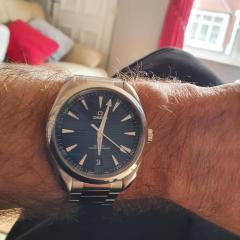
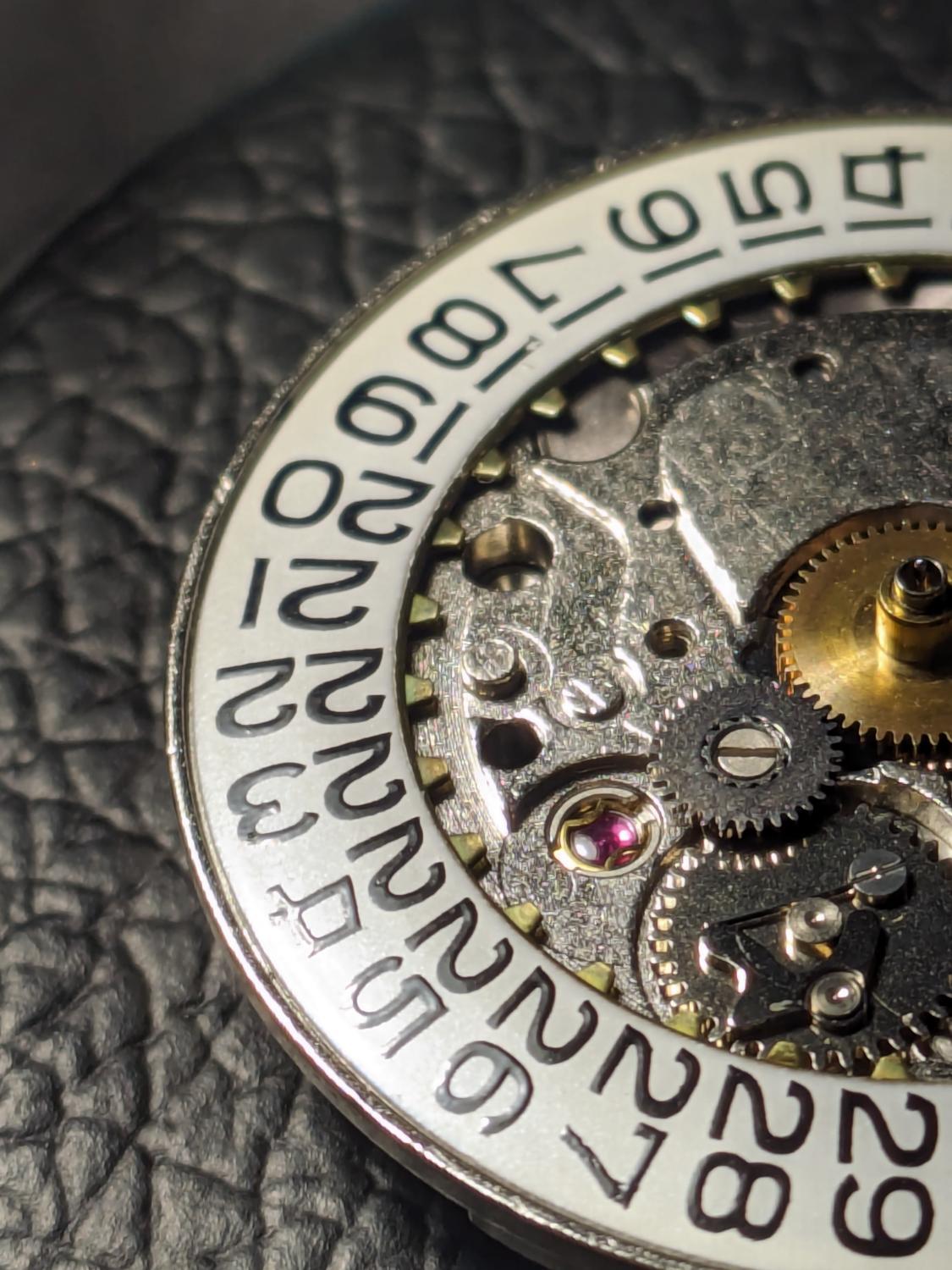
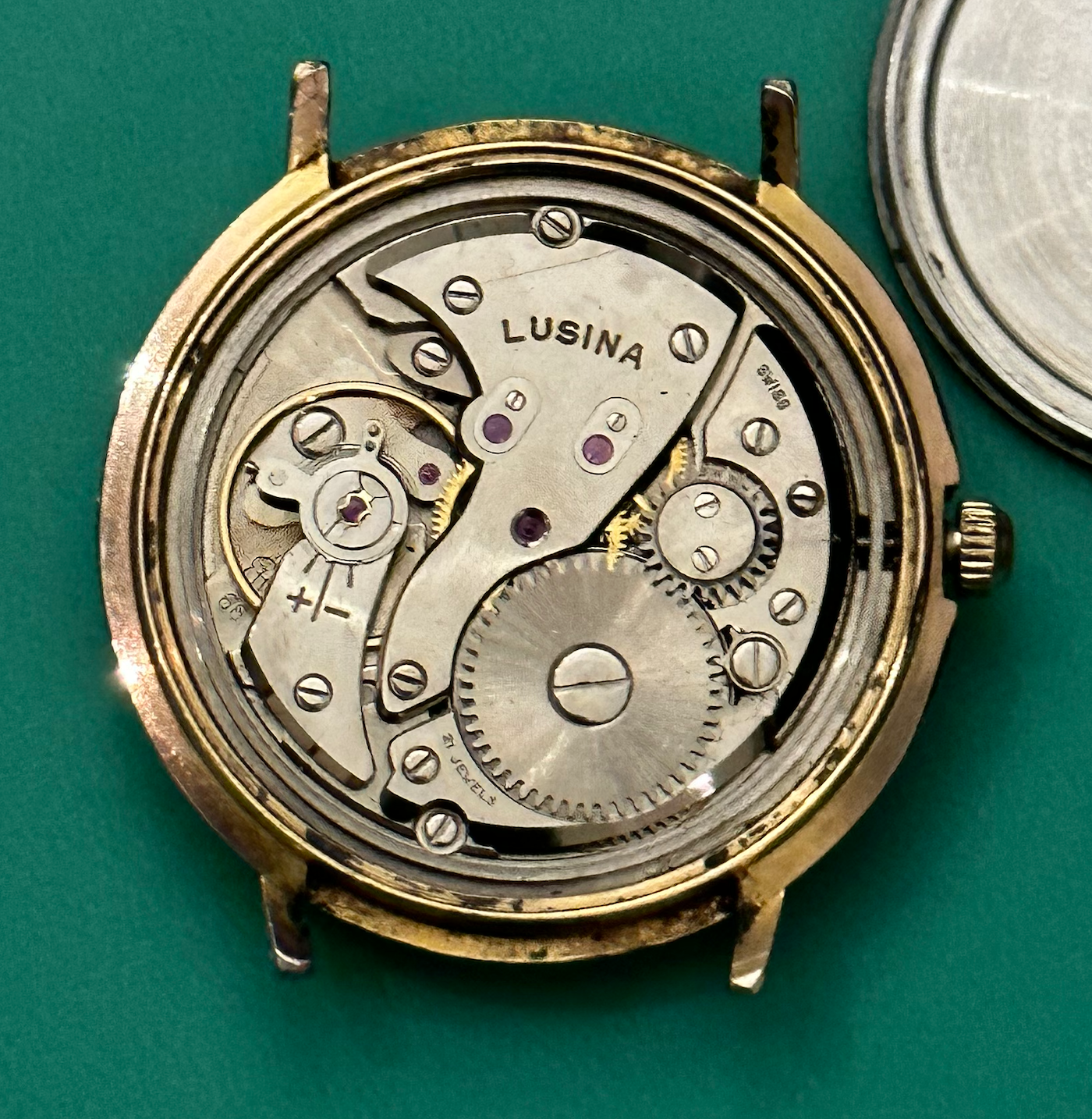
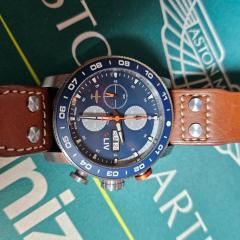
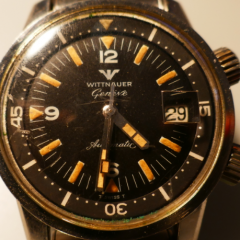

Recommended Posts
Join the conversation
You can post now and register later. If you have an account, sign in now to post with your account.
Note: Your post will require moderator approval before it will be visible.